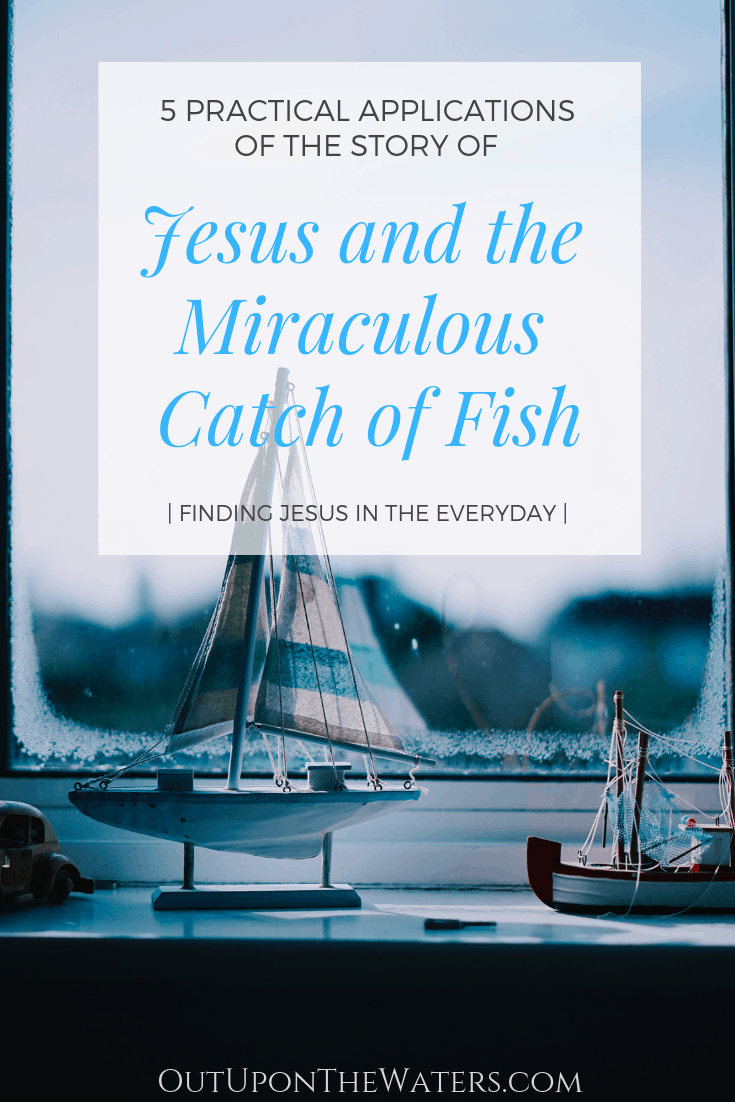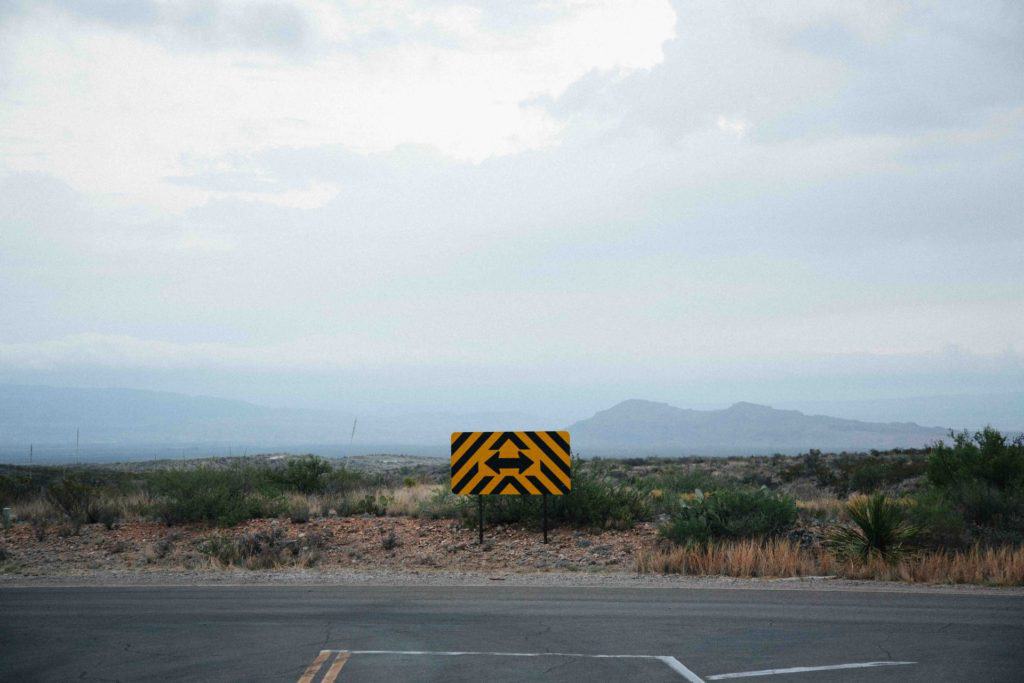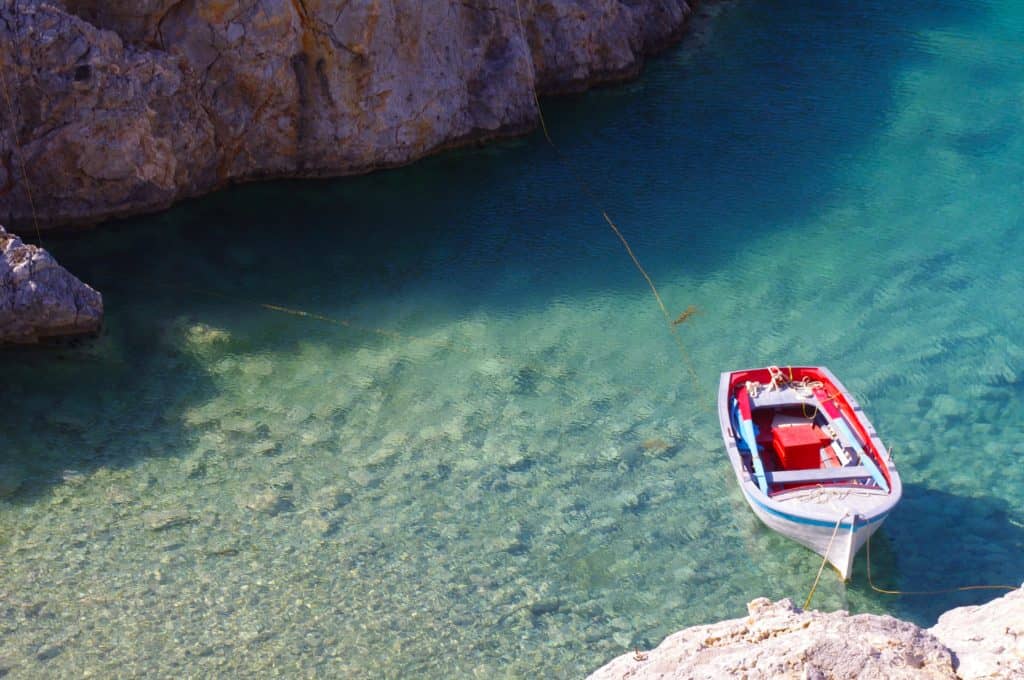I was reading John 21 the other day, and was struck by the story of Jesus and the miraculous catch of fish.
Of course, I had heard this story before, about the disciples spotting Jesus, who told them to throw their fishing net onto the other side of the boat, and then hauling in a huge catch of fish.
But I had never really stopped to think about the story beyond the miraculous nature of it (i.e. the fact that Jesus is showing his power over nature). I had also never realized that this story comes after the resurrection.
There are a number of lessons that we can learn in this story of the miraculous catch of fish that are directly applicable to our lives here and now. Here are 5 such lessons.

1. Jesus appears in the ordinariness of simple, daily life.
Nicky Gumbel, in The Bible in One Year, notes that you don’t necessarily have to do anything extraordinary in order to encounter the risen Jesus.
We can see that here, in the story of the miraculous catch of fish.
The risen Christ appears to the disciples as they are fishing, as they are going about a very ordinary task in their surprisingly (given the recent death and resurrection of their teacher) ordinary lives.
John tells us that some of the disciples are gathered together. “I’m going out to fish”, says Simon Peter, and they said, “We’ll go with you.” So they went out and got into the boat. (John 21:3)
This scene strikes me as very ordinary.
Jesus has died on the cross and been resurrected. He has appeared to his disciples twice before this, and he has breathed on them, imparting the Holy Spirit. (John 20:22)
And yet, Peter simply says here, “I’m going out to fish.”
A very ordinary act that upholds the ordinariness of life amidst a backdrop of transformation and renewal.
The disciples aren’t waiting around for Jesus. They aren’t out in the streets building the church and spreading the gospel (which they will be later). They are simply fishing.
Which should lead us to ask ourselves:
How many times in our daily lives do we expect Jesus to show up in the ordinary things?
Do we expect dramatic transformation, upheaval, and grand miracles? Do we expect to find Jesus only within the confines of the church?
Or do we expect to find him when we are out fishing?
And, of course, I don’t mean actually fishing here, unless your daily life involves the catching of fish.
How often do we expect to find the risen Christ amidst the dirty dishes and the laundry? Or the errands that we have to run? The dirty diapers that we have to change? Or the meetings that we sit through?
The story of Jesus and the miraculous catch of fish tells us that we should, in fact, be looking there – in the ordinariness of our daily lives.

2. Following Jesus’ direction leads to better results.
This should be fairly obvious, but it bears mentioning.
The disciples had been out fishing, probably for quite some time, without any luck. (We know that they had been out fishing all night before Jesus approached them the next morning.)
When Jesus shows up, he tells them to cast their nets on the other side of the boat. When they did this, John tells us, “they were unable to haul the net in because of the large number of fish” (21:6). The number of fish, John tells us, was 153.
That’s a huge difference: nothing vs. 153.
When we’re facing difficulty and failure in our own lives, this story should make us pause and consider whether we are following Jesus’ direction or trying to do things our own way.

3. Eating together is an act of ministry.
Eating together is an act of ministry throughout the New Testament, and this story is no different.
Once Jesus’ disciples listen to his advice to cast their nets on the other side of the boat, and they catch 153 fish where before there were none, Jesus invites them into something quite simple and ordinary: a meal.
Jesus’ very first miracle in John’s gospel involves turning water into wine.
There are two accounts in the gospels of Jesus feeding many people with little food (the feeding of the 5,000 in Matthew 14:13-21, and the feeding of the 4,000 in Matthew 15:29-39).
Jesus’ last act on earth before his crucifixion is to break bread with his disciples (i.e. to share a meal).
Evidently, there is something sacred about sharing a meal together.

4. Sometimes we need to try fishing on the other side of the boat
This is an extension of point #2. Sometimes, when things aren’t working out the way we thought they would, we need to try fishing on the other side of the boat.
Notice that Jesus told the disciples to cast their nets on the right side of the boat. Maybe they had tried that before. If they had been fishing all night, they had probably tried fishing on both sides of the boat.
So maybe Jesus’ instruction didn’t even make much sense to them. We’re already tried that and there were no fish there.
Have you ever said that to God? I’ve already tried that. I’m no good at that. I failed at that before.
We can make endless excuses for not following Jesus’ instruction.
But as this story illustrates, when we follow Jesus’ instruction, things work out way better than if we had tried to go it alone.
And remember: apparent failure may just mean that you’re fishing on the wrong side.
(I’ve heard this principle otherwise summarized this way: Don’t try to force something that isn’t working into success on your own. Instead, find where God is at work and go there. Hint: God may be at work on the other side of boat. If you find where he is already working and join in, you’ll find that the harvest is much greater.)

5. What we can expect of Jesus now looks a lot like what he did and said back then
It strikes me that this episode occurs after the resurrection.
We have plenty of accounts of the miracles that Jesus performed during his life and ministry: various healings, feeding the 5,000, calming the storm….
But here we see another miracle – another miracle involving fish and bread – being performed by the risen Christ.
Why is this significant? And what does it mean for us today?
Evidently, it was significant enough for Jesus and the apostles that it was recorded in John’s Gospel. It was something that the disciples of Jesus thought we needed to know.
One thing that this post-resurrection element of the story tells me is this: Jesus continues to perform miracles in the world today.
We know this because of the book of Acts. We are told that we, as followers of Jesus, are filled with the Holy Spirit and we are given power to perform our own miracles. (Though they may not be the fish and the bread kind.)
But we also see this in John’s Gospel. John doesn’t end with the resurrection. He doesn’t end with Jesus’ ascending into heaven. He ends with Jesus’ continued work in the world.
Another thing that stands out from this element of the story is that there is continuity between the risen Christ and the earthly Christ. There is a certain sameness about the miraculous catch of fish and the feeding of the 5,000.
This suggests that we can expect a certain sort of sameness in the continued ministry of Jesus here and now, through the work of the Holy Spirit.
On the one hand, we should expect miracles to happen. We often neglect that element of our faith. But, in John’s Gospel, when Jesus is resurrected, his work isn’t done. (It is, in a sense. But in another sense it isn’t.) That isn’t the end of the show. It’s not just that we’re saved and we now have the “fire insurance” of going to heaven, if we believe. Jesus is still at work in the lives of his disciples, performing miracles post-resurrection.
On the other hand, the one post-resurrection miracle in John’s Gospel looks a lot like Jesus’ miracles pre-resurrection. When we’re wondering about what choices we should make, about how God is acting in our lives, about what to do next….we should first of all turn to Scripture.
We have Jesus’ earthly life and work recorded for us. And post-resurrection, his life and work still looks the same. If we want to know what would Jesus tell me to do? at any given time, we should go and look at what he has already told others to do.
